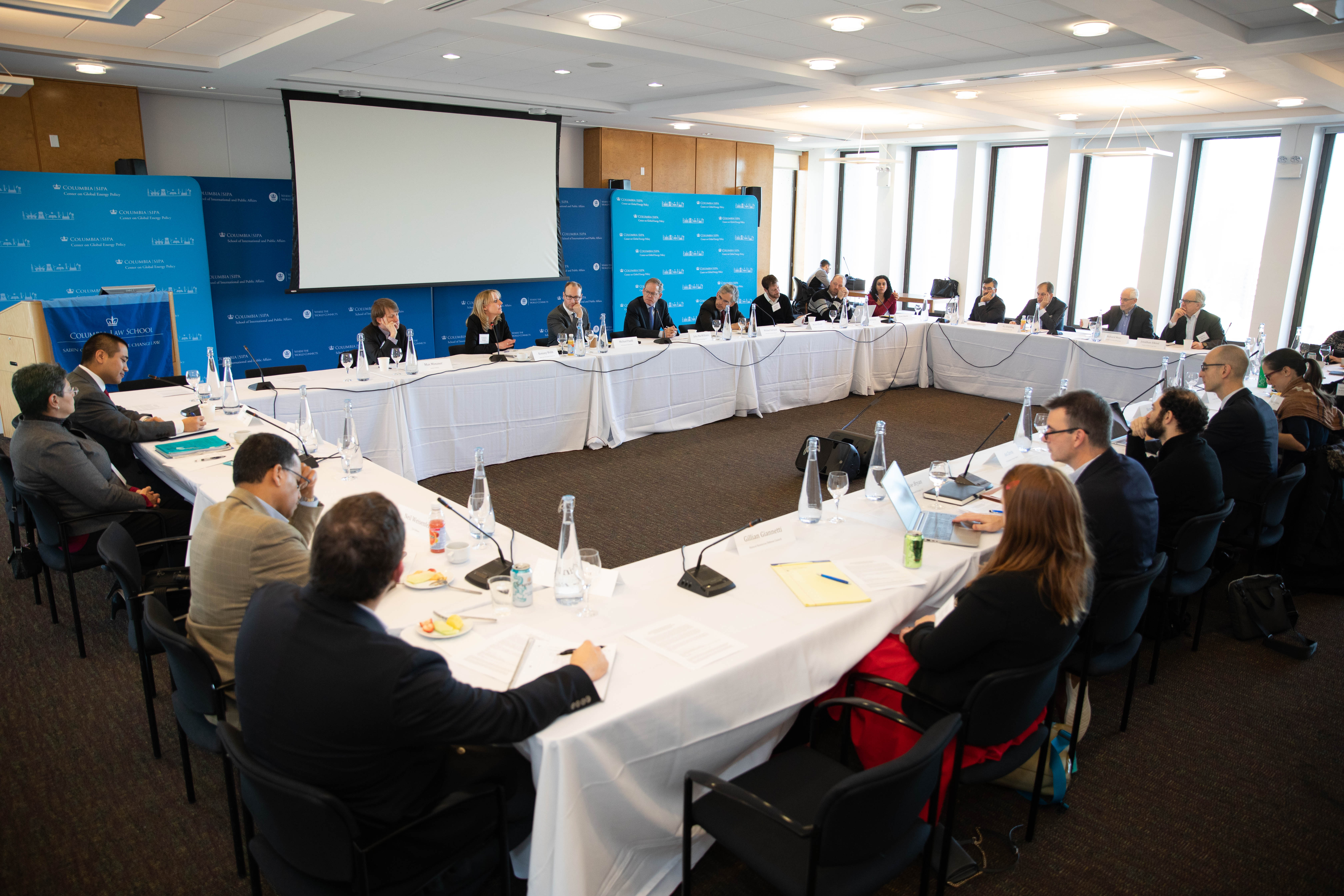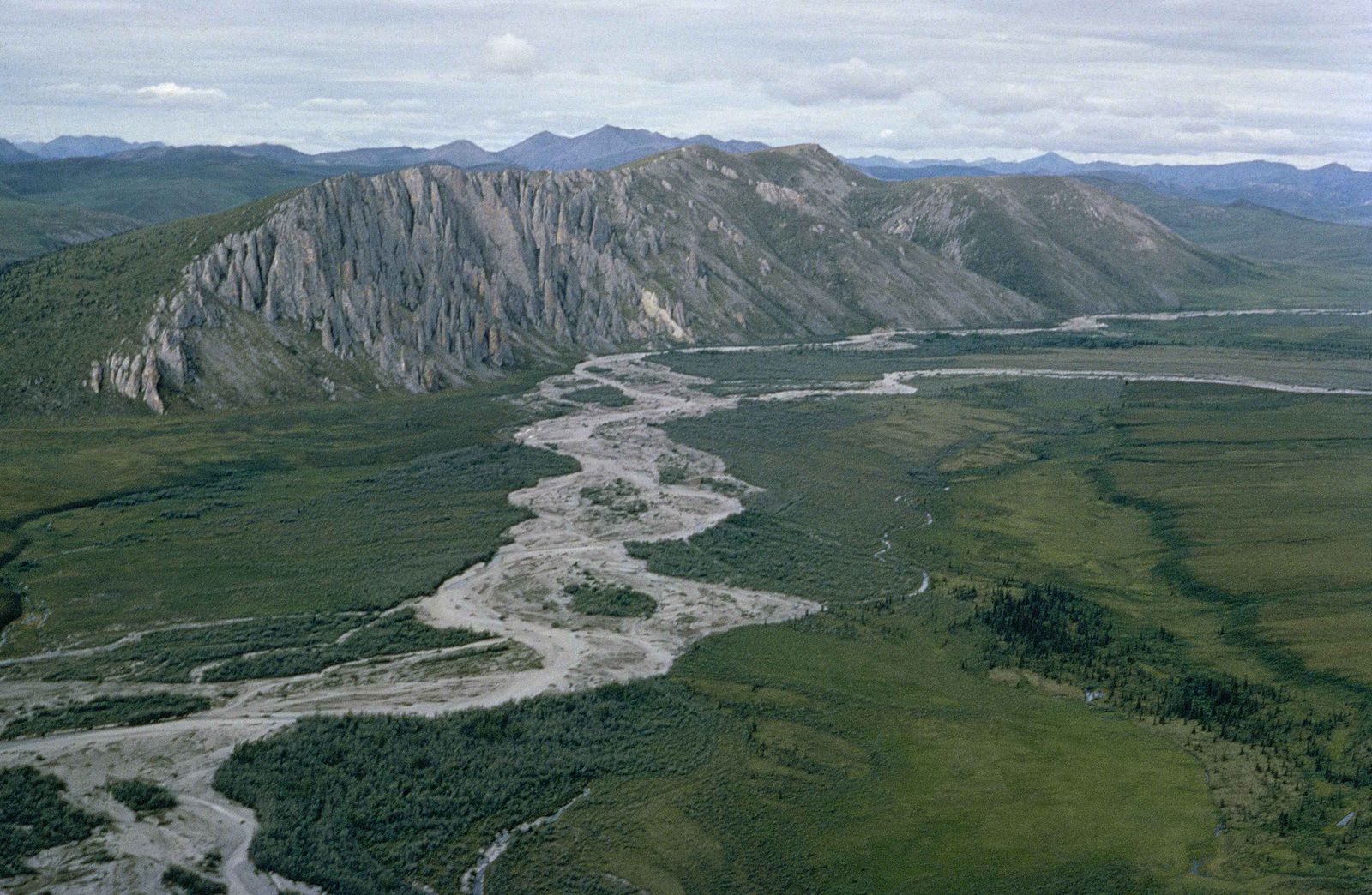
By Romany Webb
Over the last decade, a spate of wildfires, hurricanes, and other storms have painfully illustrated the electricity system’s vulnerability to extreme weather. In 2018 alone, Hurricanes Florence and Michael each left over one million households and businesses in the southeast without electricity, while the Mendocino Complex Fire and others caused widespread electricity outages in the west, and winter storms interrupted service in the northeast. As I reported in October, some states have responded by pushing electric utilities to better prepare for extreme weather events, recognizing that they will become more frequent and severe due to climate change. At the federal level, however, the risks posed by climate change have been largely ignored of late. Instead, the Department of Energy (DOE) has focused on other supposed threats to the electricity system, purportedly arising from the closure of coal and nuclear generating facilities. Despite a lack of evidence that the closures threaten system reliability or resilience, in September 2017, DOE directed the Federal Energy Regulatory Commission (FERC) to consider adopting rules aimed at supporting coal and nuclear generators.
While ultimately rejected by FERC, DOE’s proposal focused attention on threats to electricity system resilience, and prompted discussion about the role various entities can and should play in address those threats. To inform the discussions, in December 2018, the Sabin Center for Climate Change Law, Center on Global Energy Policy, and Environmental Defense Fund hosted a workshop on electricity resilience. The workshop brought together more than 30 experts from the electricity industry, academic institutions, and NGOs to explore, among other things, how to ensure system resilience in the face of climate change. This blog summarizes the discussions on that topic. Discussions were held under the Chatham House Rule, which prevents statements being attributed to any workshop participant. The participants did not reach agreement on any issue and, as such, this summary does not reflect a “consensus document.”
Participants noted that extreme weather – including heat and cold waves, intense precipitation, and high winds – is currently the leading cause of power outages in the U.S. Approximately eighty percent of all outages between 2003 and 2012 were caused by extreme weather, with most resulting from damage to transmission and/or distribution infrastructure. That and other infrastructure will be at increased risk in the future due to climate change which, according to the Fourth National Climate Assessment (NCA), is likely to result in “more frequent and longer-lasting power outages.”
The nature and extent of outages will vary across the U.S., due to regional differences in expected climatic changes, as well as in the structure of the electricity system. For example, electricity infrastructure in coastal areas is likely to be affected by flooding due to sea level rise and storm surge, but the extent of those effects will depend to a large extent on the design and location of the relevant infrastructure. In general, flooding will have a greater impact on underground transmission and distribution facilities, compared to those located above ground. However, above ground facilities will be more affected by high winds and ice, at least in some areas.
One climate change-induced phenomena likely to affect all electricity systems, regardless of design or location, is rising temperatures. The NCA indicates that average annual temperatures in the contiguous U.S. rose by 1.2oF (0.7oC) from 1986 to 2016 and may rise a further 2.5oF (1.4oC) through 2050. This is likely to impair operation of the electricity system, forcing the de-rating of generating facilities and other equipment. It will also lead to an increase in electricity load (i.e., driven by greater use of air conditioning), with initial research indicating that some utilities’ peak load could be up to twenty-four percent higher in 2050, due solely to the impact of rising temperatures associated with climate change. It should be noted, however, that this forecast does not account for technological changes and/or other factors that could affect load profiles (e.g., energy efficiency improvements, greater electrification, etc.).
Utilities have a range of options for managing climate-driven load increases, from expanding energy efficiency and demand response programs, to securing new generation resources and upgrading other infrastructure. These solutions are generally easy to implement and can often be deployed incrementally, enabling utilities to spread capital investments over time, and thereby minimizing ratepayer impacts. By comparison, measures taken to address other climate change-induced phenomena may present greater challenges, including because they involve more fundamental changes to the electricity system. For example, certain transmission and distribution poles may need to be replaced or lines moved underground to protect against storms, while sea level rise may necessitate the relocation or elevation of substations and other infrastructure. These are costly and difficult changes, which often have long lead-times, making advanced planning essential.
Electricity system planning has historically failed to account for the impacts of climate change, but that is beginning to change in some states, most notably California and New York. In a 2014 Order, the New York Public Service Commission indicated that “[t]he State’s utilities should familiarize themselves with scientists’ projections for local climate change impacts on each service territory,” and “integrate [climate] considerations into their system planning and construction forecasts and budgets.” Con Edison has since commenced a detailed climate change vulnerability assessment to evaluate how temperature, precipitation, and other key climate variables will affect its electricity distribution system through 2080. Several distribution utilities in California have also evaluated long-term climate impacts as part of the risk assessment process undertaken in connection with general rate case proceedings before the state PUC. Less attention has been devoted to climate impacts on the bulk power system, with no RTO / ISO having undertaken a comprehensive climate change vulnerability assessment, though one is currently being planned by the New York ISO.
Assessing the vulnerability of the electricity system to climate change is vital for effective planning. Currently, planning is often impaired by reliance on load forecasts that are based on historic data, which does not reflect future climate conditions. The information obtained through a vulnerability assessment or other similar study can be used to update load forecasts – e.g., to account for anticipated climate-driven load increases – and thus enable system operators to make more informed investment decisions. It could also prove useful in shaping and advancing research, particularly on energy efficiency, by highlighting the role that certain appliances (e.g., air conditioners) will play in driving future load growth.
Climate change vulnerability assessments also provide valuable information about system weaknesses that could give rise to outages. Based on that information, system operators must decide whether and when to invest in asset upgrades, taking into account the asset’s risk profile, determined based on the likelihood and consequences of it being impacted, as well as the cost of mitigation. This could give rise to conflicts, including with regulators, who may have a different “risk tolerance” than system operators. While the appropriate risk tolerance may be debated, it is important to recognize that outages can never be entirely eliminated, and thus all electricity systems will present some level of risk.
System operators can take various steps to enhance their ability to manage, and quickly recover from, outages following extreme weather and other events. Many utilities have benefited from deploying new technologies, such as advanced metering infrastructure (AMI), which enables faster outage detection and more targeted repairs. As well as minimizing the duration of outages, AMI and other technologies can also help to reduce their impacts, including by enabling damaged parts of the grid to be isolated so that the rest of the system can continue operating normally. In some situations, it may also be possible to “rotate” outages between customers by disconnecting different parts of the grid at different times, such that no one customer is without electricity for an extended period. While this added flexibility in managing outages has significant resilience benefits, deploying AMI and other technologies may also present resilience challenges (e.g., in terms of cybersecurity).
These tradeoffs reinforce the need for effective planning processes that account for the full range of climate and other risks facing the electricity system. Improving risk assessment and planning will typically be in system operators’ economic interests. In the case of utilities, for example, the information obtained through a climate change vulnerability assessment can be relied upon to justify future investment decisions and associated rate increases before the state PUC. The information will also be useful to utility shareholders and insurers, enabling them to better evaluate risks to company assets.
Romany Webb is a Research Scholar at Columbia Law School, Adjunct Associate Professor of Climate at Columbia Climate School, and Deputy Director of the Sabin Center for Climate Change Law.



